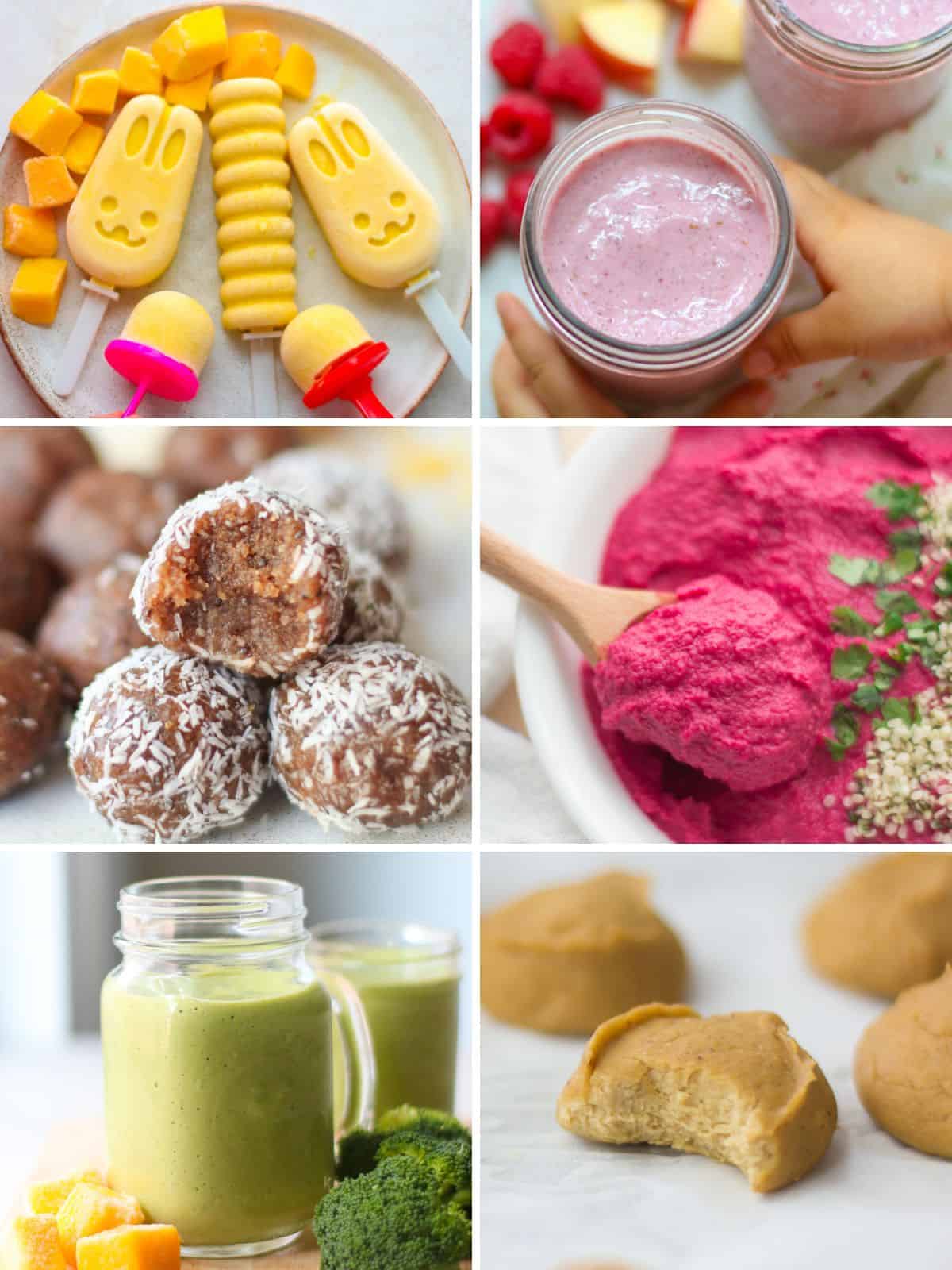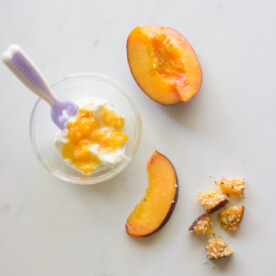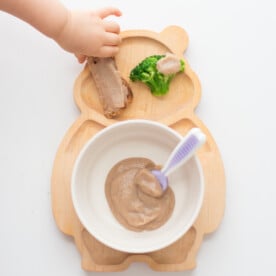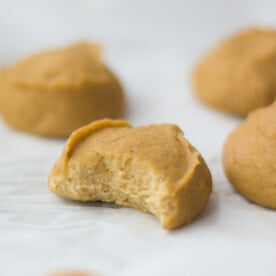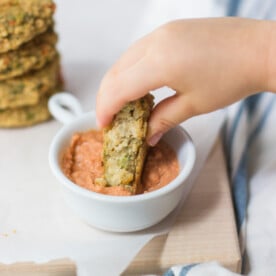Toddler Constipation
Dealing with toddler constipation can be particularly challenging and overwhelming for parents. Toddlers, who are still developing their communication skills, often struggle to effectively express their discomfort. As a result, they can become cranky, fussy, and visibly show pain, which can tug at a parent’s heartstrings. But I hope knowing that constipation in young children is a common issue will provide some reassurance and strength. Also, most cases are temporary and can be managed effectively at home. And if you have a baby, here’s how to manage infant constipation.
How Often Should Toddlers poop?
It is important to note that there is a wide range of “normal” when it comes to bowel habits in children. Just like adults, some toddlers may poop multiple times a day, while others may go every other day. Instead of focusing so much on how often your child is pooping, the consistency of the stool is what you want to pay attention to. As long as the stool is soft, easy to pass, and your child is not displaying any discomfort or other concerning symptoms, typically there’s no need to worry. But as always, consult with your child’s pediatrician if you have any concerns.
Signs of Toddler Constipation
Large, hard stools Accompanied by lots of abdominal pain and even bleeding Less frequent than their normal pattern Cramping, swelling, or bloating in their abdomen Nausea Loss or appetite Avoiding the toilet Soiling between bowel movements
Top Causes
Diet – too much dairy, sweets, and processed foods and not enough fiber. Low fluid intake Lack of exercise Holding it in – very common during potty training or they’re too preoccupied with what they’re doing at the moment Trauma from a painful past painful bowel movement Change in routine or environment – such as going on vacation or starting school Illness Medication
Home Remedies
Diet
As a pediatric registered dietitian, I always encourage focusing on food first. Incorporate more hydrating and high-fiber foods, such as fruits, vegetables, whole grains, and legumes. Here are top high fiber foods for babies and toddlers.
Hydration
Drinking plenty of water is crucial, especially when following a high-fiber diet. Otherwise, the lack of water can make constipation worse, as fiber draws water into the digestive tract to soften the stool and promote regular bowel movements. Also, don’t forget about hydrating foods. Fresh fruits and vegetables like watermelon, oranges, cucumbers, and tomatoes, as well as watered-down fruit juices (e.g. prune juice or pear juice), soups and smoothies will help ensure they are taking in enough fluids. And if your child is still drinking breast milk, that is another great way to boost hydration.
Exercise
Encourage your child to move their bodies as much as possible. It doesn’t always have to involve traditional outdoor activities like riding a bike. Think outside the box and make it fun! Host impromptu dance parties in the living room, create an indoor obstacle course using pillows and cushions.
Build into Routine
Encourage your child to sit on the for a few minutes at the same time each day, preferably after eating. This can help establish a regular bowel movement pattern.
How much Fiber Do Toddlers Need?
The American Academy of Pediatrics recommends adding 5 to your child’s age. For example, a 3 year old would need about 8 grams of fiber each day. This translates to about 5 servings of fruits and vegetables each day as well as fiber-rich foods.
Top Foods for a Constipated Toddler
The “P” fruits – plums, prunes, peaches, pears Avocado Coconut oil Spinach Broccoli Berries Mango Seeds – particularly chia seeds and flax seeds Beans Lentils Peas Probiotic foods – including yogurt, kefir, kimchi, and miso Sweet potatoes Whole grains – like oatmeal, whole grain breads and pastas
Recipes to Help with Constipation
For smoothies, I recommend using water or fruit juice instead of milk, which doesn’t have any fiber. Although some non-dairy milk do contain fiber, like almond milk.
What foods should be Avoided for Constipated Toddlers?
Highly processed and packaged foods, such as chips, crackers, cookies, and fast food Foods made with refined grains – such as white bread, white rice, and regular pasta Dairy products – while dairy can be a part of a balanced diet, excessive consumption of dairy products like cow’s milk and cheese can sometimes lead to constipation. Although probiotic-containing products, like yogurt or kefir may be helpful. Unripe bananas – ripe bananas are ok!
What about laxatives and Miralax for toddler constipation?
In more severe cases of constipation that are not easily resolved through dietary changes or home remedies, some doctors may consider prescribing laxatives. They will determine the most appropriate type of laxative and provide instructions o dosage and duration. Regular communication with the doctor i essential to monitor the child’s progress, ensure the effectiveness of the treatment, and address any concerns or potential side effects that my arise.

